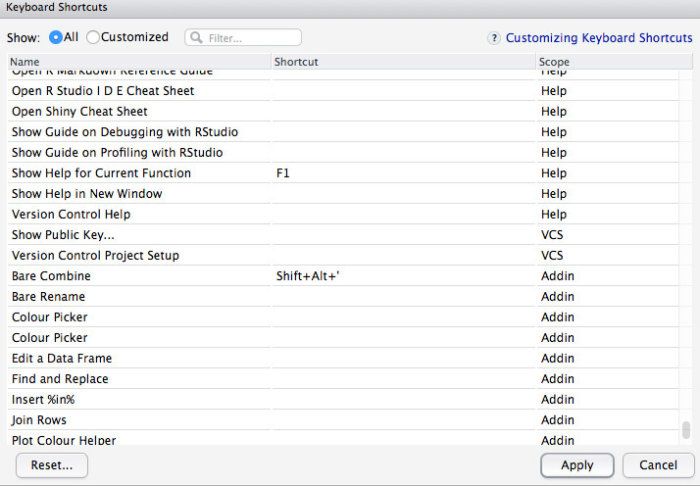
We recommend not relying as much on the premade decks out there such as Zanki and Brosencephalon. It is the opinion of many of our senior tutors at Elite Medical Prep that the best way to learn and retain information is to create your own cards. Medical School Closed Due to Coronavirus? Remote Learning Tips Pharmacology is a good one! Physiology, which is more conceptual and harder to summarize in a question/answer format, is tough to make good flashcards for, so save this for later if possible. Also, if possible, start with subjects that lend themselves to simple flashcards. We recommend learning to put only one piece of information on each card, ask your questions clearly, and utilize keyboard shortcuts to add cards and media.
#Anki keyboard shortcuts how to#
This means if you figure out how to use Anki, you’ll have a much easier time using any other flashcard decks. As an added bonus, since Anki flashcards are so popular for their USMLE study decks, several other USMLE flashcard resources that are available online use similar software. Here’s why: Learning how to use Anki is a huge time-saver in the long run since you will be able to efficiently study and retain information once you get down how it works. While this can sometimes deter students from using Anki, we absolutely recommend sticking with it. It takes a little while to get familiar with formatting cards and using Anki software. Here we’ll cover some h elpful pointers to get you started in creating Anki flashcards as well as how to effectively study the flashcards.

Anki is a popular flashcard resource that allows students to seamlessly integrate study decks into their study plan for the USMLE exams.

While there are many different USMLE flashcard platforms and resources available online, in this post we will be talking specifically about how to use Anki. When it comes to studying for the USMLE, it’s worth learning how to make proper flashcards up front. How to Use Anki Flashcards for USMLE Step 1


 0 kommentar(er)
0 kommentar(er)
